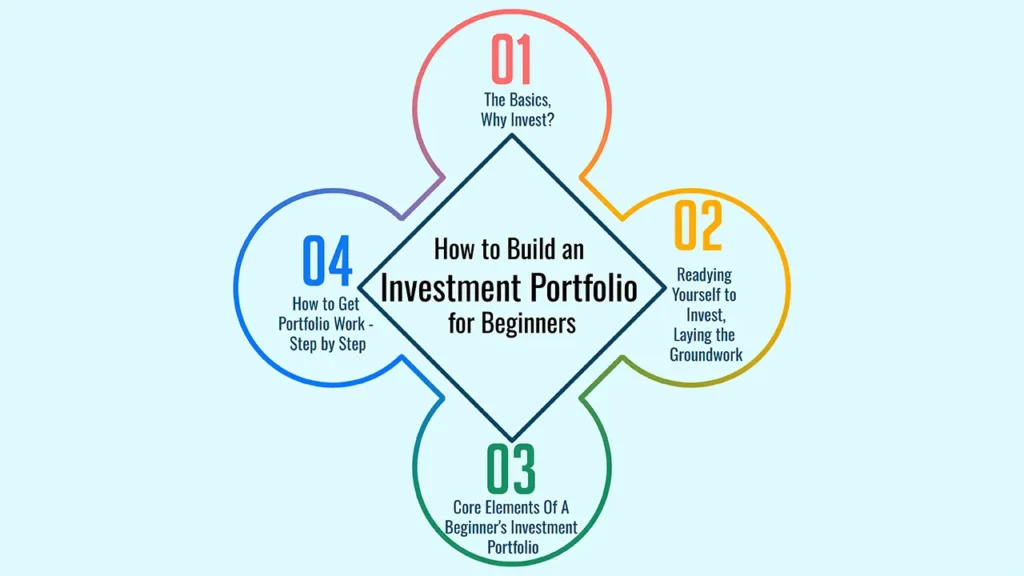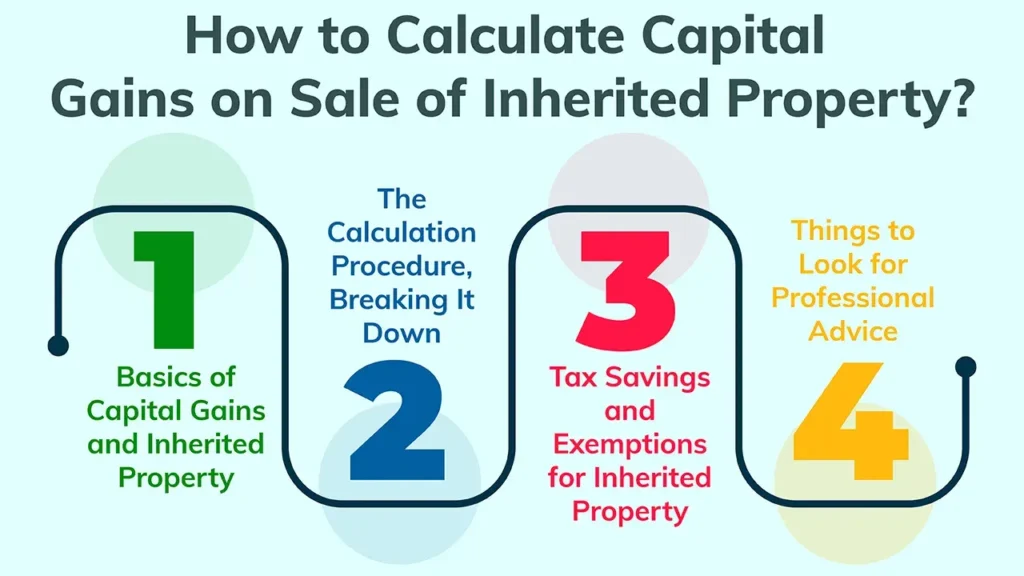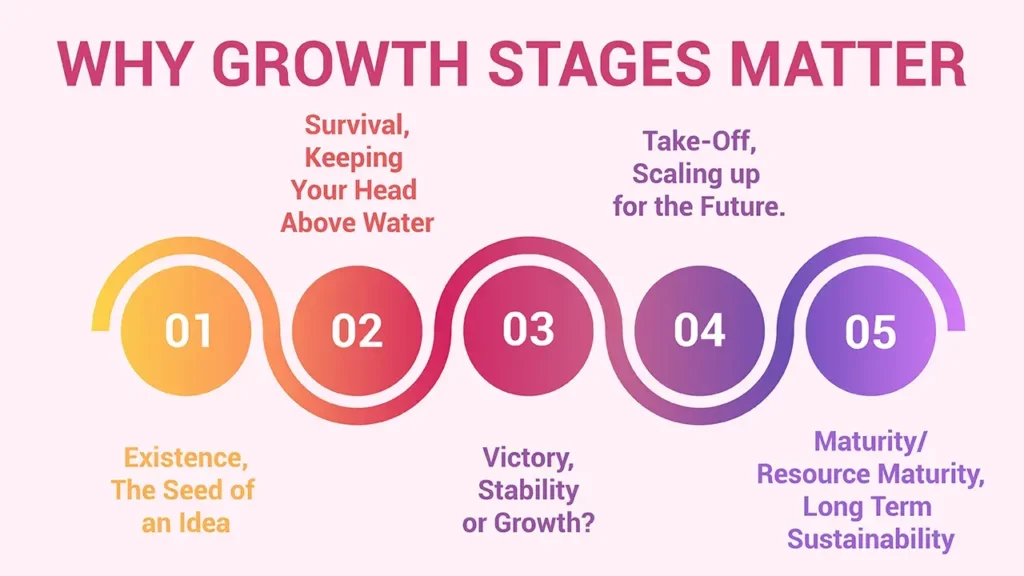Are you interested in increasing, preserving, and transferring your wealth but confused by all the distractions in the financial industry? Getting to know “how does wealth management work” will be your first step to complete financial wellness.
This guide will explain exactly what wealth management is, its fundamental principles, what it comprises, and how hiring a qualified wealth manager can help you plan your financial future.
Understanding the basics of wealth management can enable you to take charge of your financial future and help ensure the choices you make are in line with where you want to go. Let’s take a look at how wealth management can set the stage for your financial success.
Section 1: What Is Wealth Management and Why Is It Important?
All aspects of your financial life
- Definition: Wealth management is a professional service which combines financial and investment advice, accounting and tax services, retirement planning and legal or estate planning for one set fee. The programme is for high-net-worth individuals, high-net-worth families, and corporates.
- Differing from Financial Planning/Investment Management: Yes, financial planning and investment management are both parts of wealth management, but the latter is more comprehensive in nature, spanning the entirety of a person’s financial life.
- Fundamental Objective: The key objective of wealth management is to help you maximise, protect, and pass on your wealth to your loved ones.
For a foundational understanding of wealth management, its components, and how it differs from other financial services, Investopedia offers a comprehensive definition. Check out Investopedia’s explanation of wealth management.
Section 2: Key Steps to How Does Wealth Management Work?

Stage 1: Discovery and Goal Setting
- The Client Profile: Knowing more about your financial life and financial situation, the resources and spending.
- Life Goals: Defining your short-term, medium-term, and long-term goals, like retirement savings, saving for your child’s education, legacy planning, property purchase, or sale of your business.
- Risk Tolerance: Determine your risk comfort level as an investor.
- Timeline: Determining realistic time-frames for different goals.
Stage 2: Full-Scale Financial Planning
- Budgeting and Cash Flow Analysis: Make the most of income, monitor and control expenses and guard your financial operations.
- Investment Planning: Personalising plans for goals and risk tolerance.
- Retirement Planning: Figuring out how much you’ll need and the best way to save and spend!
- Tax Planning: Developing plans to help reduce taxes on income, investments, and estate.
- Estate Planning: Arranging your assets in such a way that they can be passed on to family members as quickly and easily as possible and that as little as possible will need to be paid for inheritance tax.
- Risk Management and Insurance: Analysing risks (health, property, life) and advising consumers on obtaining insurance.
- Debt Management: Planning on getting yourself into debt or out of it.
Stage 3: Investment Process and Portfolio Management
- Asset Allocation: Spreading investments among different types of asset classes (stocks, bonds, real estate, alternatives) in accordance with your financial plan.
- Portfolio Building: Choosing from among hospitality properties, mutual funds, ETFs, equities, debt or other investment vehicles.
- Active vs. Passive Management: A brief overview of the different philosophies of investing.
- Rebalancing: In conjunction with diversification, rebalancing involves the periodic change of your portfolio to reach the appropriate asset allocation.
- Performance Monitoring: Measuring portfolio growth against benchmarks and objectives.
Stage 4: Ongoing Monitoring and Relationship Management
- Ongoing Reviews: Regular meetings to review progress, to discuss changes in the market and to adjust the financial plan as necessary.
- Adjusting to Changing Life Needs: Adjusting financial plans to levels of flexibility with life events such as marriage, divorce, new children, changes in career and health, or inheritance.
- Tax Efficiency: Actively working to reduce taxes.
- Communication: Keeping the client and wealth manager in regular contact to keep everyone on the same page.
Section 3: Who Provides Wealth Management Services?
Types of Wealth Management Professionals and Firms
- Offshore/Private Banks: These are usually designed for the ultra-high-net-worth and provide personalised services to fit their needs.
- Independent Wealth Management Companies: Fiduciary advisors (they are usually fee-only) serving customised and comprehensive financial planning.
- Brokers/Dealers: Provide wealth management services to clients on a commission-based platform within a broader range of services.
- Robo-Advisors (Hybrid Models): Investment management algorithmically – then algorithmically with human oversight lead, frequently targeting the emerging affluent.
- What to Focus On: It’s all about how they get paid, Fiduciary duty, fee structure (fee-only, fee-based, commission-based), credentials (CFP, CFA), specialisation, and client focus.
Section 4: What Are the Benefits of Professional Wealth Management?
Why Engage a Wealth Manager?
- Professional Advice: Expert advice in sophisticated markets.
- Save Time: Save time on managing complex financial details.
- Objective Advice: Aids in avoiding financial decisions made on emotions, often with poor results.
- Tax Efficiency: Minimising Taxes and Maximising Returns.
- Trust or Estate Planning: Securing your legacy for posterity.
- Risk Protection: In-depth risk assessment and management protects your investment.
- Ease of Mind: The knowledge that you have a well-designed plan for your financial future.
Conclusion
In conclusion of the concepts relating to so-called “how wealth management works”, the process encompasses many parts, ranging from the setting of objectives or goals to the strategic planning of the comprehensive aspects of managing the funds to managing the investments actively and ongoing review of the wealth management plan.
How Wealth Management Works Wealth management is an ongoing, dynamic partnership designed to provide direction and consistency while pursuing your financial aspirations.
Call to Action
Evaluate your financial needs today and find out how professional wealth management can help shape your financial growth and secure your financial future.
Frequently Asked Questions
1. What is the minimum of the asset which you need to utilise the wealth management service?
While most private banks require high assets (like $1 million+ or ₹5-10 crore+), there are a growing number of independent investment firms and hybrid robo-advisors that will serve the emerging affluent (lower minimums, often $100,000 or ₹10-25 lakh in investable assets).
2. What is a wealth manager, and how is it different from an advisor?
A financial planner is more general and focuses on things like retirement planning or investments. A wealth manager, by contrast, provides a far more holistic, all-encompassing service that takes into consideration every element of a client’s financial life beyond investing alone – things like tax planning, estate planning, risk management, and all sorts of ancillary services for those with more complex needs and higher asset bases.
3. How do wealth managers typically get paid?
The most typical fees include a percentage of AUM, an hourly rate, a flat retainer fee, and commissions.
A lot of wealth managers are also fiduciaries and not transactional, i.e., they use a fee-only or fee-based charging model, which is in the client’s best interest.
4. Do wealth managers do my taxes?
Although wealth managers offer in-depth tax planning advice that can help lower the amount of taxes you owe on investments and income, they usually don’t prepare or file your tax returns for you.
They usually will work with your personal accountant or refer you to tax preparers to actually file.
5. How frequently should I have contact with my wealth manager?
Regularity of meetings will vary based on your needs and the firm’s method; however, usually clients meet with their wealth manager at least once each quarter or six months for reviews.
Greater contact can take place with material market shifts, life events, or when particular financial concerns arise.








